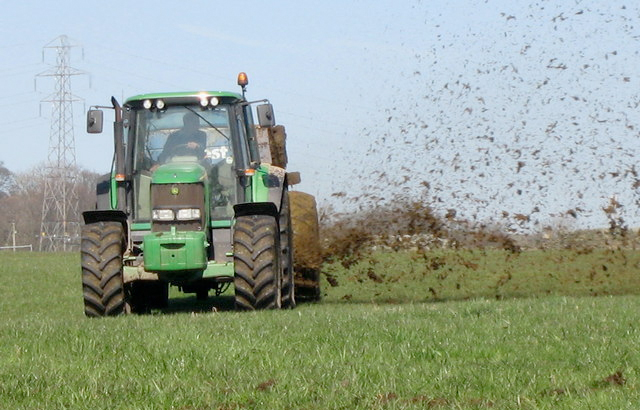
Growers in the United Kingdom have been paying 5% less than last year in the fertiliser season, which began in late May. But their counterparts in mainland Europe are facing 5% higher prices.
For the coming season, Ken Bowler of GrowHow UK, believes that currency movements will exacerbate an already volatile global market as the relative strengths and weaknesses of the US dollar, sterling and the euro continue to be in flux.
"A lower opening price has encouraged a brisk start to the season with growers ordering at least some of their requirements for the coming year to take advantage of lower prices" said Bowler, who was speaking at Cereals 2012.
"The weakness of the euro against the dollar has currently made urea less competitive and this, in turn, is likely to have an effect on the availability of imports as the market turns to ammonium nitrate."
Illustrating the effects of currency, Bowler points to the price movements in urea since September last year. In dollar terms, it has come back some 15%; in sterling it is back around 7%; whilst in euros, the price has risen about 1%.
It is too early to predict how the season will develop, particularly concerning the future of the euro.
"Meanwhile, India is reported to be about to place a very large urea order of over 1 million tonnes. This will affect the market and availability in the short term."
"While global demand appears to be continuing to increase at around 3% a year, there is talk of increased capacity coming on stream, but some of this keeps being delayed by teething problems during commissioning, and forecasting its effect on pricing remains uncertain.
Supply is also likely to continue to be affected by availability of gas. Pakistan has imported more nitrogen fertiliser than normal due to internal shortages of gas.
